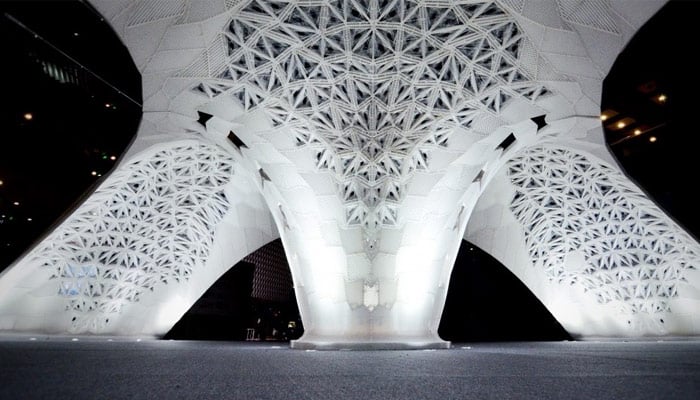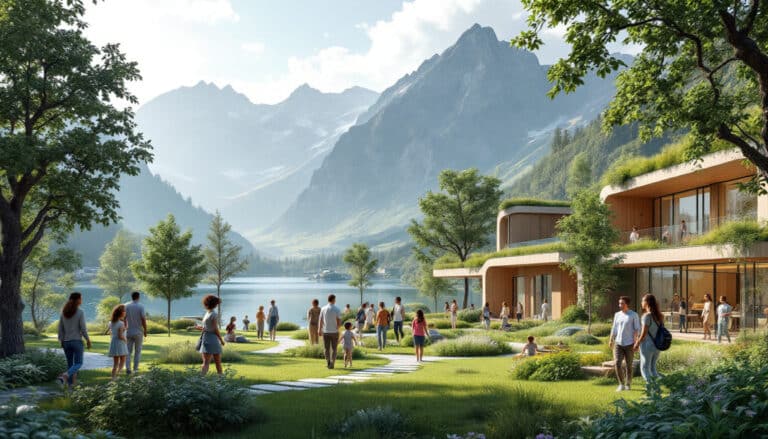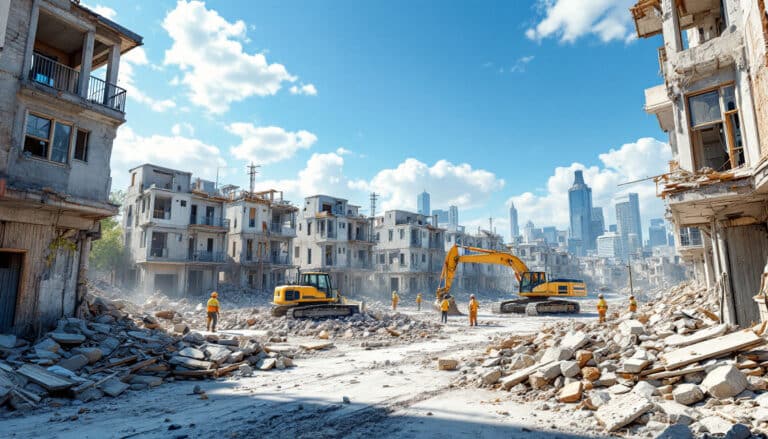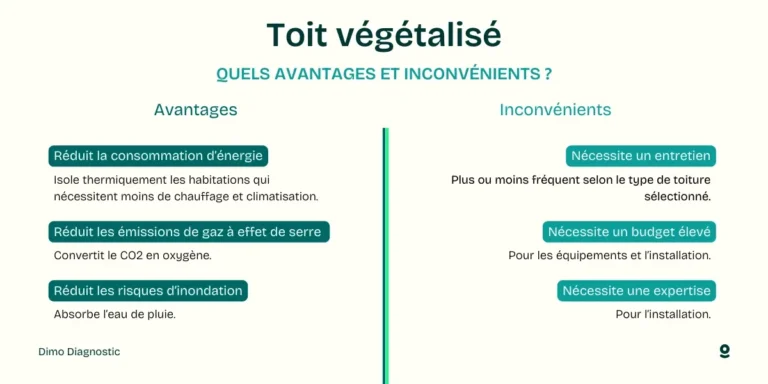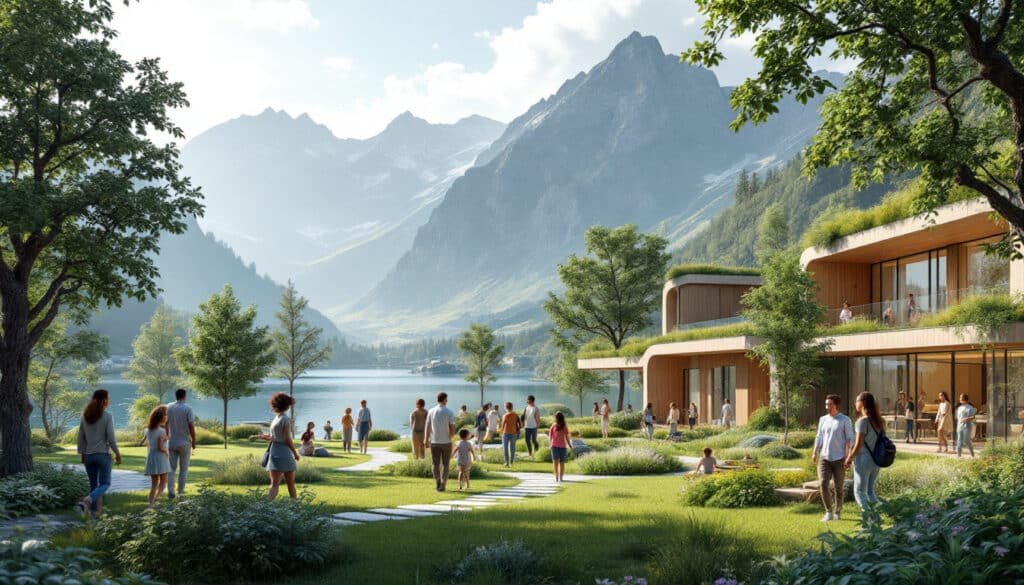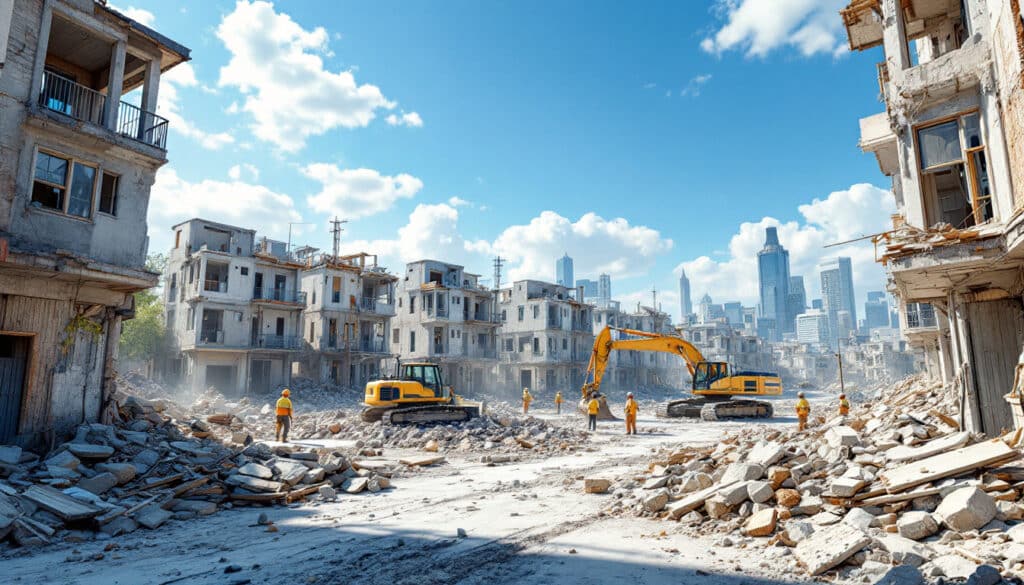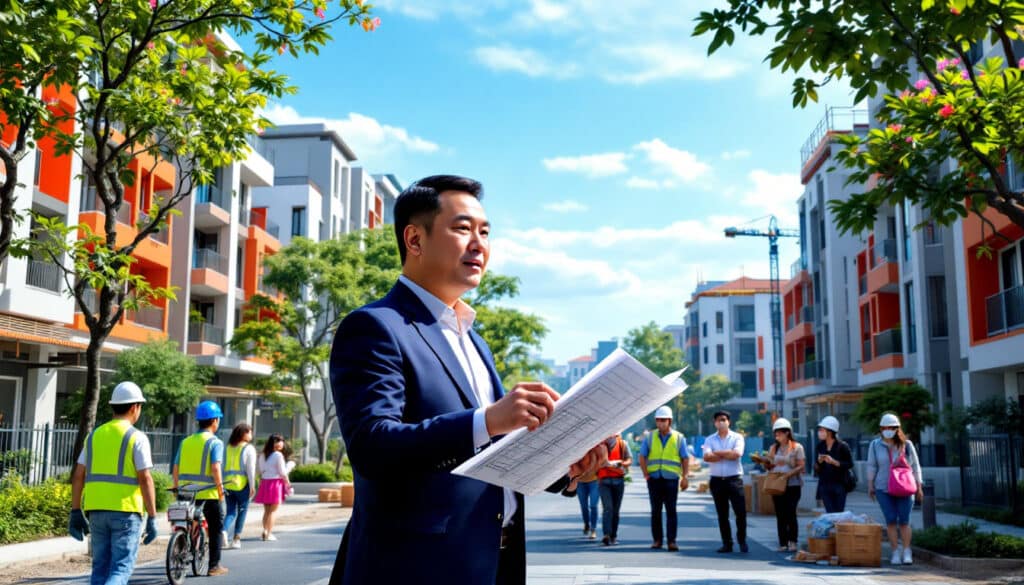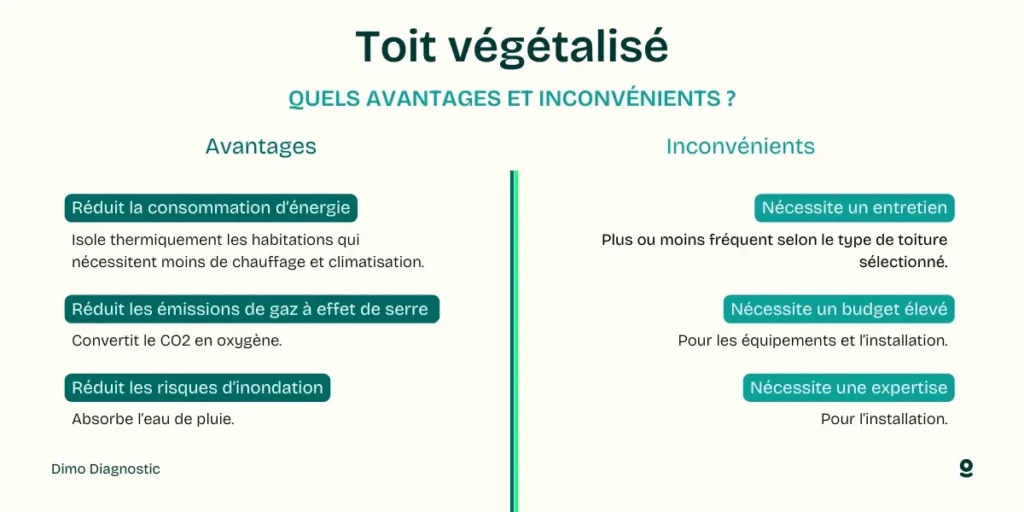
Architecture printed in 3D has had a fascinating journey, going from a simple technique of creating models and prototypes to a real revolution in the construction sector. Originally, its use was limited to educational applications, but it quickly evolved to offer innovative solutions to contemporary challenges. With its ability to reduce costs and require less energy and labor, 3D printing has established itself as a viable alternative to traditional construction methods. Today, daring projects, integrating materials such as raw earth and concrete, demonstrate a harmonious fusion between tradition And modernity, revealing the unlimited potential of this technology in the service of architecture.

3D printed architecture has undergone remarkable evolution since its beginnings, providing innovative solutions while transforming traditional construction practices. From creating models to creating complex structures, this technology has established itself as an essential tool for architects and engineers. This article explores the different stages of this evolution, while highlighting the benefits and challenges it presents.
Table of Contents
ToggleThe beginnings of 3D printing in architecture
Originally, the use of 3D printing in architecture was primarily focused on creating physical models and detailed prototypes. This method allowed architects to visualize their ideas more concretely and present them effectively to their clients. The precision and level of detail offered by this technology quickly attracted the attention of industry professionals, who began to explore its potential applications beyond simple mock-ups.
A technology that revolutionizes construction
Over time, 3D printing has developed into a real alternative to traditional construction methods. It offers more solutions affordable and requires less energy and labor. Indeed, the technique makes it possible to reduce costs and construction times while minimizing the environmental impact. Printing processes, such as additive manufacturing, make it possible to produce complex elements, often impossible to design with conventional methods.
Industrial 3D printing processes
The operation of industrial 3D printing is based on FDM printers (Fused Deposition Modeling), which use a plastic filament. This filament, in the form of fine threads, is pushed into a nozzle which heats it and deposits it layer by layer to create structures. This method has diversified over the years, integrating materials such as concrete or raw earth, to meet the specific needs of contemporary architectural projects.
Iconic 3D printing projects
Initiatives such as those led by theIAAC and the WASP are currently testing 3D printing in raw earth, illustrating the technology’s ability to produce sustainable and resource-efficient structures. These prototypes are concrete examples of how 3D printing can merge traditional techniques with contemporary innovation methods. This demonstrates the momentum towards more architecture ecological and more accessible.
A promising future
With the rise of 3D printing, complex shapes and innovative designs are coming to life, redefining today’s construction standards. Modern architecture draws its inspiration from the capabilities offered by this technology to reinvent daring constructions, often forgotten, while reducing ecological footprint. This path taken by 3D printed architecture demonstrates an unprecedented opportunity for the profession. Innovation continues to breathe new life into architecture, promising a diversity of styles and solutions for the challenges of the future.
- Origins : Start of 3D printing in architecture for the creation of models And prototypes.
- Evolution : Transition towards the construction of complete structures thanks to advanced technologies.
- Profitability : Solutions more affordable compared to traditional methods, with cost reduction.
- Sustainability : Less thanenergy used and labor reduction, offering a positive environmental impact.
- Innovation : Use of different materials, like the concrete and the raw earth, to diversify the constructions.
- Modern design : Ability to make shapes complex and unique designs, combining tradition and modernity.
- Industrialization : Increase inindustrial 3D printing with FDM printers using plastic threads.
- Prototypes and tests : Research initiatives, such as those of theIAAC and of WASP, to explore designs before construction.
- Reception : Growing adoption in the manufacturing sector Construction with the implementation of emblematic projects.

